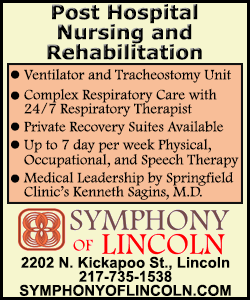|
 The cause of the Long Island Rail Road (LIRR) derailment, which
injured more than 100 people at Brooklyn's Atlantic Terminal,
remains unknown. But officials immediately drew comparisons to a
similar crash in Hoboken, New Jersey, in September that involved a
driver who apparently suffered from a sleep disorder. The cause of the Long Island Rail Road (LIRR) derailment, which
injured more than 100 people at Brooklyn's Atlantic Terminal,
remains unknown. But officials immediately drew comparisons to a
similar crash in Hoboken, New Jersey, in September that involved a
driver who apparently suffered from a sleep disorder.
"This is minor compared to what happened in Hoboken," New York
Governor Andrew Cuomo said at a news conference. "But the same
question: why did the operator not stop the train before it hit the
block?"
The Hoboken crash, which killed one person and injured more than
100, remains under investigation. An attorney for the engineer of
the NJ Transit train has cited undiagnosed severe sleep apnea, which
restricts breathing during sleep, causing daytime drowsiness and
attention deficits. The condition can be triggered by obesity,
family history and age and is more often seen in men.

The disorder has been linked to other crashes as well, including the
2013 derailment of a Metro-North Railroad commuter train in New York
City. A National Transportation Safety Board report concluded that
the driver had undiagnosed sleep apnea that contributed to the
accident.
The NTSB has also found sleep apnea likely played a role in several
freight crashes, including a 2011 collision in Iowa and a 2013
accident in Missouri.
A union representative for LIRR engineers could not be reached on
Wednesday.
Last month, U.S. regulators at the Federal Railroad Administration
issued an advisory citing the Hoboken crash and recommending that
rail agencies screen crews for sleep apnea.
The agency in March began the process of drafting a rule in
conjunction with the U.S. trucking regulator that would require
railroads and truck companies to ensure medical examinations for
drivers include sleep apnea screening.
A spokesman for the FRA said there was no timeline for issuing a
final regulation.
Airlines are already required to screen pilots for sleep apnea.
Those diagnosed with the disorder are barred from flying unless they
show the problem has been treated and obtain a special permit.
"It's playing a part in every transportation area, including
trains," said Bob Swint, a rail accident expert and consultant.
[to top of second column] |

After the 2013 crash, the Metropolitan Transportation Agency, which
operates both Metro-North and the LIRR, conducted a pilot program to
test operators for sleep apnea. In April, the agency said it would
expand the effort to all MTA employees, including LIRR, though the
screening has not yet started.
The MTA is in the process of selecting a medical firm to handle the
screening and expects to award a contract in the coming months,
according to spokesman Aaron Donovan, who said the program was the
first of its kind in the nation.
After the Hoboken crash, NJ Transit also improved its sleep apnea
screening process, which had been in place since at least 2005, a
spokesman, Jim Smith, said in an email. Any rail employees with
"safety-sensitive" jobs who exhibit sleep apnea symptoms are removed
from operation until they can certify that the condition has been
corrected or controlled.
NJ Transit also made other safety changes including adding a second
crew member in the cab when a train arrives at terminals in Hoboken
and Atlantic City.
U.S. train engineers are required to undergo vision and hearing
testing every three years, but federal regulations do not specify
other medical examination standards.
(Reporting by Joseph Ax; Editing by David Gregorio)
[© 2017 Thomson Reuters. All rights
reserved.] Copyright 2017 Reuters. All rights reserved. This material may not be published,
broadcast, rewritten or redistributed.
 |